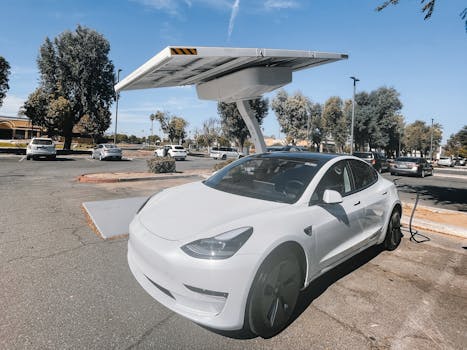
Smart Cities: Urban Trends for 2025
Smart Cities are at the forefront of Smart Cities innovation, using technology and data to create more efficient, livable, and sustainable urban environments. As we look to the future, it’s clear that smart cities will play a critical role in shaping the world of tomorrow. In this article, we’ll explore the top urban trends for 2025, from smart transportation to sustainable energy, and examine how cities are becoming more intelligent, responsive, and adaptive.
Section 1: Introduction to Smart Cities

So, what exactly are smart cities? Simply put, a smart city is an urban area that leverages technology, data, and innovation to improve the quality of life for its citizens. This can include everything from smart transportation systems and energy-efficient buildings to advanced public safety and waste management. The goal of a smart city is to create a more livable, sustainable, and efficient urban environment, where citizens can thrive and businesses can grow.
Section 2: Top Urban Trends for 2025

So, what are the top urban trends for 2025? Here are a few examples:
- Smart Transportation: Cities are investing in smart transportation systems, including self-driving cars, hyperloops, and advanced public transit. These systems will reduce congestion, decrease emissions, and make it easier for citizens to get around.
- Sustainable Energy: Cities are shifting towards sustainable energy sources, such as solar and wind power, to reduce their carbon footprint and reliance on fossil fuels. This will not only help the environment but also save cities money on energy costs.
- Internet of Things (IoT): The IoT is transforming urban landscapes, with sensors and devices being used to monitor and manage everything from traffic flow to energy usage. This will create a more efficient, responsive, and adaptive urban environment.
- Artificial Intelligence (AI): AI is being used in cities to improve public safety, optimize traffic flow, and enhance the overall quality of life for citizens. From predictive policing to intelligent transportation systems, AI is revolutionizing the urban experience.
Section 3: Benefits of Smart Cities

So, why are smart cities so important? Here are a few benefits:
- Improved Quality of Life: Smart cities create a more livable, sustainable, and efficient urban environment, where citizens can thrive and businesses can grow.
- Increased Efficiency: Smart cities use technology and data to optimize urban systems, reducing waste and improving productivity.
- Enhanced Public Safety: Smart cities use advanced technologies, such as AI and IoT, to improve public safety and reduce crime.
- Reduced Environmental Impact: Smart cities prioritize sustainability, reducing their carbon footprint and reliance on fossil fuels.
Section 4: Challenges and Opportunities

While smart cities offer many benefits, there are also challenges and opportunities to consider:
- Infrastructure Investment: Building a smart city requires significant investment in infrastructure, including sensors, devices, and networks.
- Data Management: Smart cities generate vast amounts of data, which must be managed and analyzed to create value.
- Cybersecurity: Smart cities are vulnerable to cyber threats, which must be addressed through robust security measures.
- Public Engagement: Smart cities require public engagement and participation to ensure that technologies are used in ways that benefit all citizens.
Section 5: Conclusion

In conclusion, smart cities are the future of urban development, offering a more efficient, livable, and sustainable urban environment. As we look to 2025, it’s clear that cities will play a critical role in shaping the world of tomorrow. By leveraging technology, data, and innovation, cities can create a better future for all citizens, and become a model for sustainable urban development.





